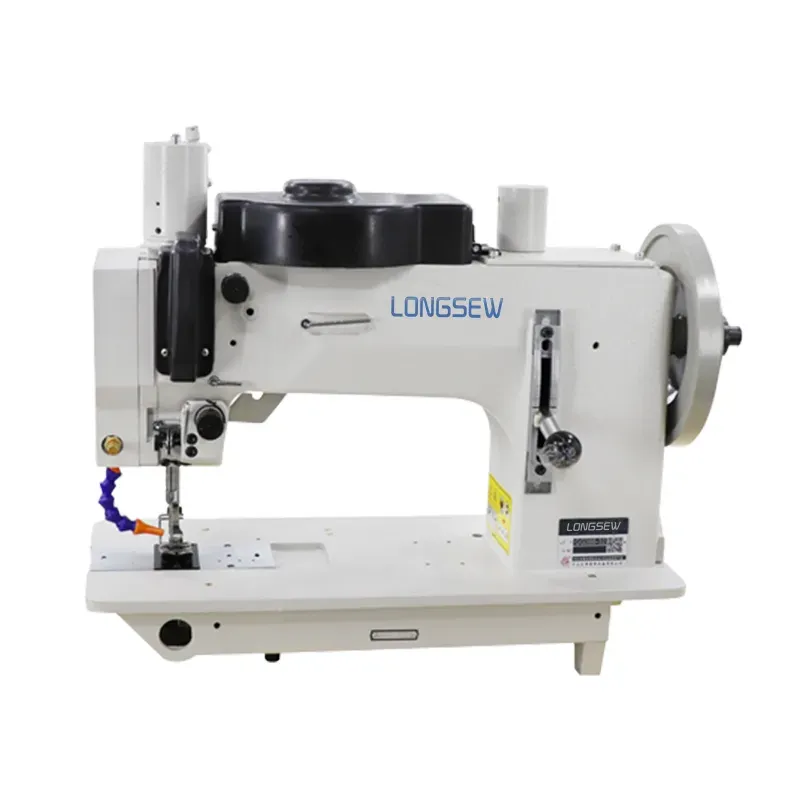Tips for Sewing Thick Fabrics Effectively and Easily
Sewing Heavy Material Techniques and Tips for Success
Sewing heavy material can be a rewarding yet challenging experience for both novice and experienced sewists. Whether you’re making durable workwear, upholstery, or crafting bags, working with thick fabrics like canvas, denim, or leather demands a certain level of skill and the right tools. This article will guide you through essential techniques and tips to ensure your sewing projects with heavy materials are successful and enjoyable.
Choosing the Right Machine
When sewing with heavy materials, your sewing machine plays a crucial role. It's essential to use a machine that can handle thicker fabrics; many home sewing machines struggle with heavy layers and bulky seams. Look for machines labeled as ‘heavy-duty’ or those specifically designed for quilting or upholstery. Additionally, consider using a walking foot or an even-feed foot, which helps to move multiple layers of fabric evenly, preventing puckering and misalignment.
Selecting Appropriate Needles
Needles are another critical factor in sewing heavy materials. Regular needles may bend or break under the pressure of thick fabrics, so it's important to choose heavy-duty needles, often labeled as denim or leather needles. These needles have a stronger shaft and a sharper point, designed to penetrate thick layers without damaging the fabric. Always ensure your needle is suitable for the specific type of heavy material you are using.
Using Appropriate Thread
When sewing heavy fabrics, don't overlook the importance of thread. Stronger, thicker threads are recommended to withstand the strain and weight of the materials being sewn. Polyester or nylon threads are excellent choices due to their durability and resistance to fraying. Additionally, consider using a longer stitch length; this not only helps in preventing the thread from breaking but also allows the fabric to move more easily through the machine.
Preparing Your Fabric
sewing heavy material

Proper preparation of your heavy material can significantly enhance the sewing process. Always pre-wash and pre-shrink your fabrics before cutting them out for your project. This step helps prevent any shrinkage or distortion after you have completed your sewing. Additionally, pressing your fabric with an iron can help smooth out any wrinkles, making it easier to handle and cut accurately.
Techniques for Sewing Heavy Materials
When it comes to sewing, take your time and use a slow, steady pace. Rushing can lead to mistakes, especially when dealing with bulky seams. For seams that require multiple layers, use clips instead of pins to hold your fabric together. Clips can accommodate thicker materials without bending or distorting the fabric like traditional pins may do.
In some cases, you may also need to adjust the tension settings on your sewing machine. Heavy materials can pull on the thread in unexpected ways, so testing on scrap pieces first can help you find the ideal tension for your project.
Finishing Touches
Once your project is completed, don't forget to finish the seams properly to prevent fraying. Options include zigzag stitching, using a serger, or applying bias tape depending on the look and feel you desire. These finishing techniques will help your heavy-weight projects withstand wear and tear over time.
Conclusion
Sewing heavy material can be a fulfilling endeavor when approached with the right tools, techniques, and mindset. Whether you're tackling your first project or seeking to improve your skills, understanding the nuances of heavy materials will empower you to create durable and beautiful items. Remember to practice patience and enjoy the creative process as you develop your sewing capabilities. Happy sewing!
-
Industrial Cylinder Arm Sewing Machine: Revolutionizing Heavy-Duty SewingNewsJul.28,2025
-
Cylinder Arm Sewing Machine: Perfect for Special Sewing ApplicationsNewsJul.28,2025
-
Cylinder Bed Sewing Machine: Essential for Sewing Complex MaterialsNewsJul.28,2025
-
Heavy Duty Sewing Machine: The Essential Tool for Industrial ApplicationsNewsJul.28,2025
-
Computerized Pattern Sewing Machine: Revolutionizing Precision StitchingNewsJul.28,2025
-
Heavy Duty Industrial Sewing Machine: Power Meets PrecisionNewsJul.28,2025
-
Leather Sewing Machine: The Industrial Standard for Tough MaterialsNewsJul.18,2025





























